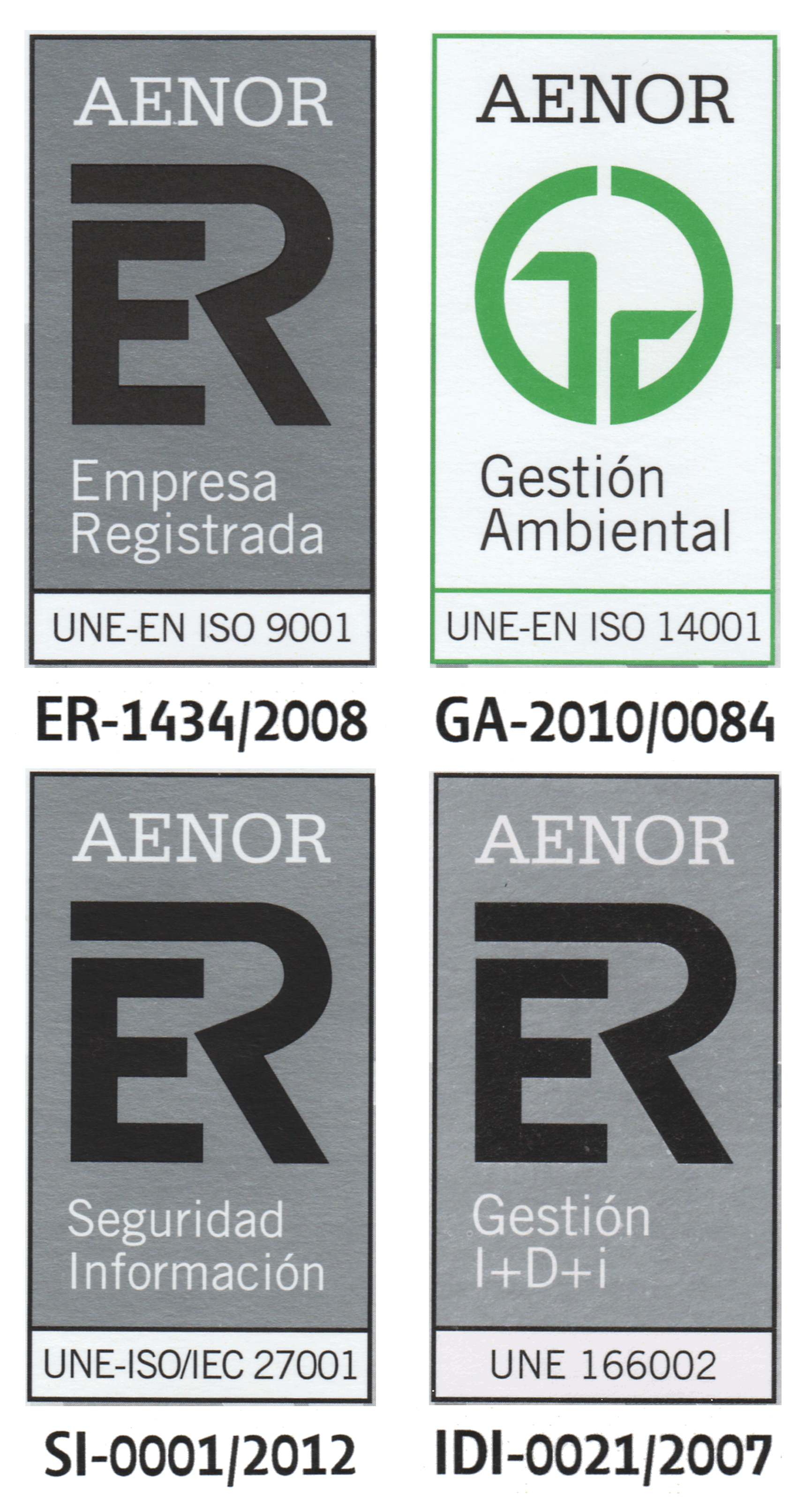Evolutionary response of a native butterfly to concurrent plant invasions: simulation of population dynamics
| Title | Evolutionary response of a native butterfly to concurrent plant invasions: simulation of population dynamics |
| Publication Type | Journal Papers |
| Year of Publication | 2017 |
| Authors | García-Quismondo, M., Reed M. J., Chew F. S., Martínez-del-Amor M. A., & Pérez-Jiménez M. J. |
| Journal Title | Ecological Modelling |
| Publisher | Elsevier |
| Place Published | Amsterdam (The Netherlands) |
| Volume | 360 |
| Pages | 410-424 |
| Date Published | 09/2017 |
| Abstract | The habitat of the green-veined white butterfly Pieris oleracea in eastern North America has undergone invasions by the exotic plant garlic mustard (Alliaria petiolata), which is replacing native hosts of P. oleracea such as Cardamine diphylla. A. petiolata was originally lethal to most larvae of the native butterfly but during the past 20+ years it has been incorporated successfully into the larval diet, likely through evolutionary change. The region was also invaded by another exotic plant, Cardamine pratensis, on which the native butterfly larvae readily develops, allowing the possibility |
| Keywords | Invasive species, Membrane computing, Pieris oleracea, Population Dynamics, Probabilistic Guarded Scripted P system |
| Impact Factor | 2.507 |
| Ranking | 59/158 - Q2 |
| ISSN Number | 0304-3800 |
| DOI | 10.1016/j.ecolmodel.2017.06.030 |



